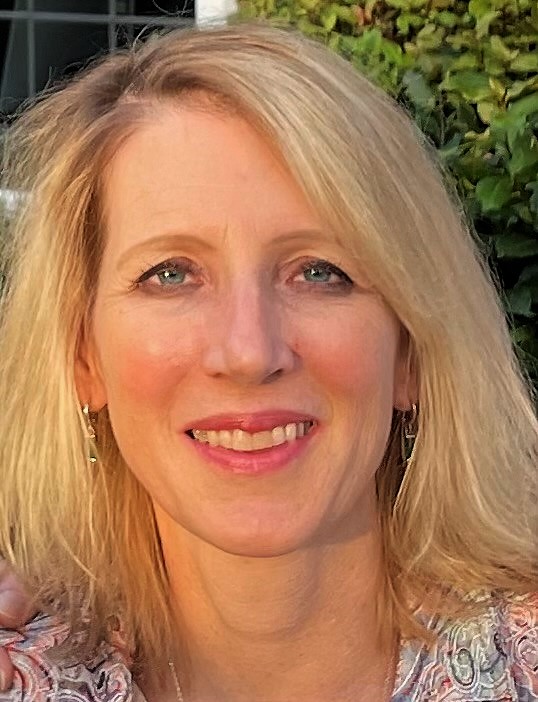Helping Alaska Natives advance clean energy and mitigate climate change were among the goals of the Alaska Federation of Natives (AFN) annual convention in Alaska and DOE’s Tribal Clean Energy Summit in Washington, D.C.
November 3, 2022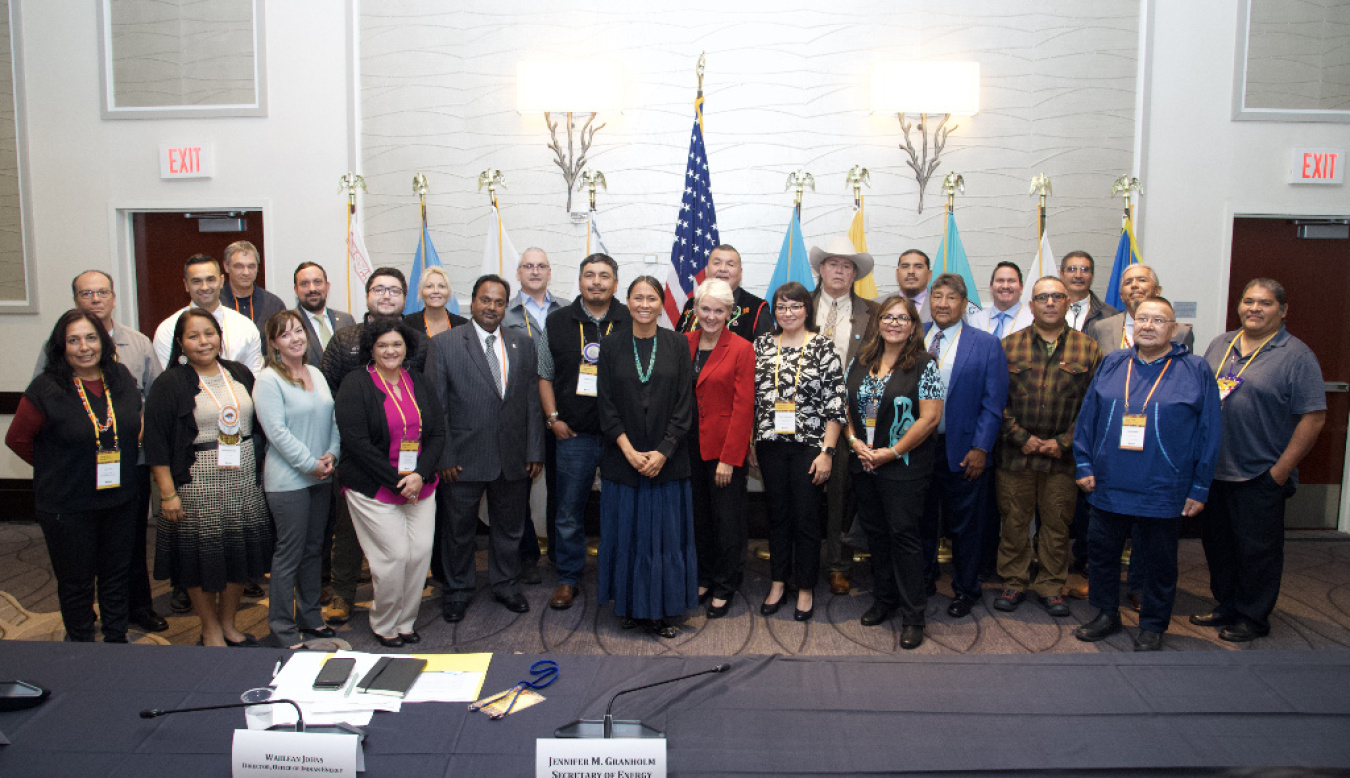
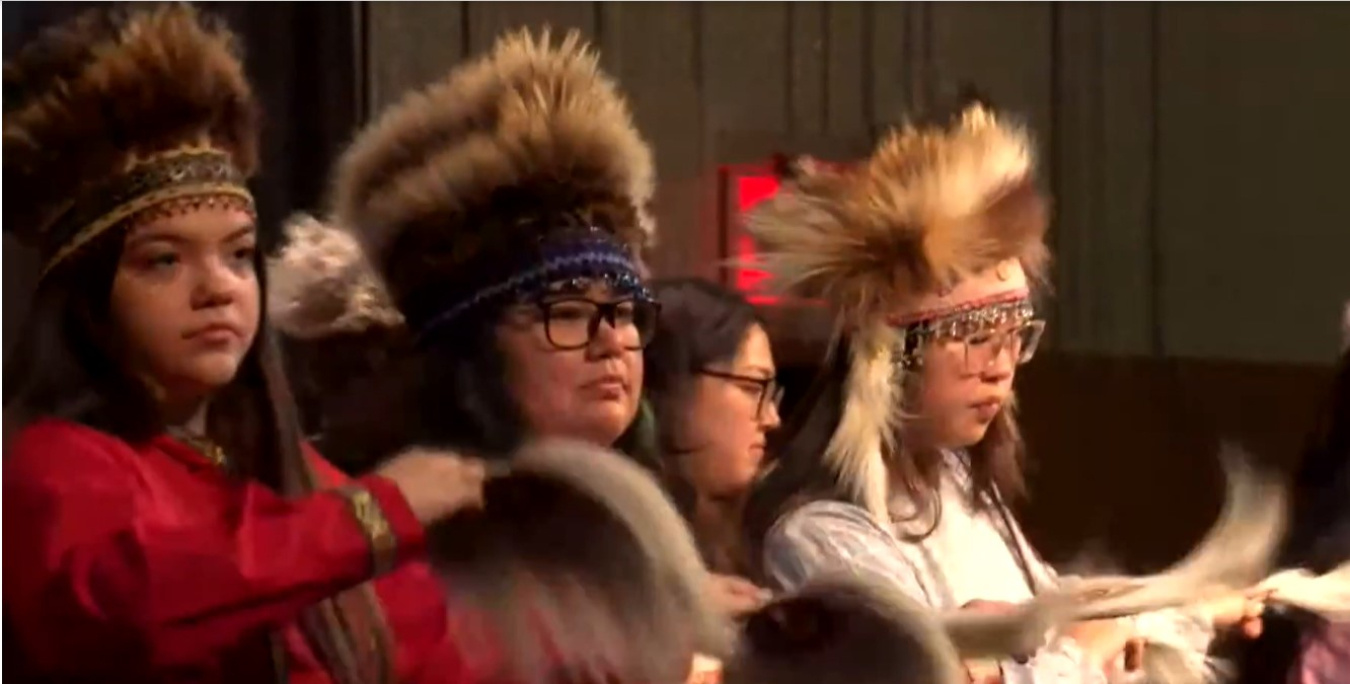
Helping Alaska Natives advance clean energy and mitigate climate change were among the goals of two tribal conferences this fall. Both the Alaska Federation of Natives (AFN) annual convention and DOE’s Tribal Clean Energy Summit informed Alaska Natives about federal funding and ways to express energy needs and ideas.
The AFN--the largest representative annual U.S. gathering of Native peoples--included about 7,000 in-person and virtual participants on Oct. 20-22. The “Celebrating our Unity” theme underscored participants’ gratitude to be in person again in Anchorage after a two-year COVID-19 hiatus.
The three-day convention focused on diverse topics such as broadband upgrades, micro nuclear, tribal sovereignty, arctic security, tribal education and AFN’s new Navigator Program, which guides Natives in navigating funding opportunities. “(We) dispel this myth in Washington, D.C., that Alaska tribes and Native entities don’t apply for funding because we don’t need it…that’s so far from the truth,” said Nicole Borromeo, AFN’s executive VP, in a video presented during the conference. She said the program ensures “every tribal community and Native entity knows of the opportunity available to them, how best to apply and win those grants.”
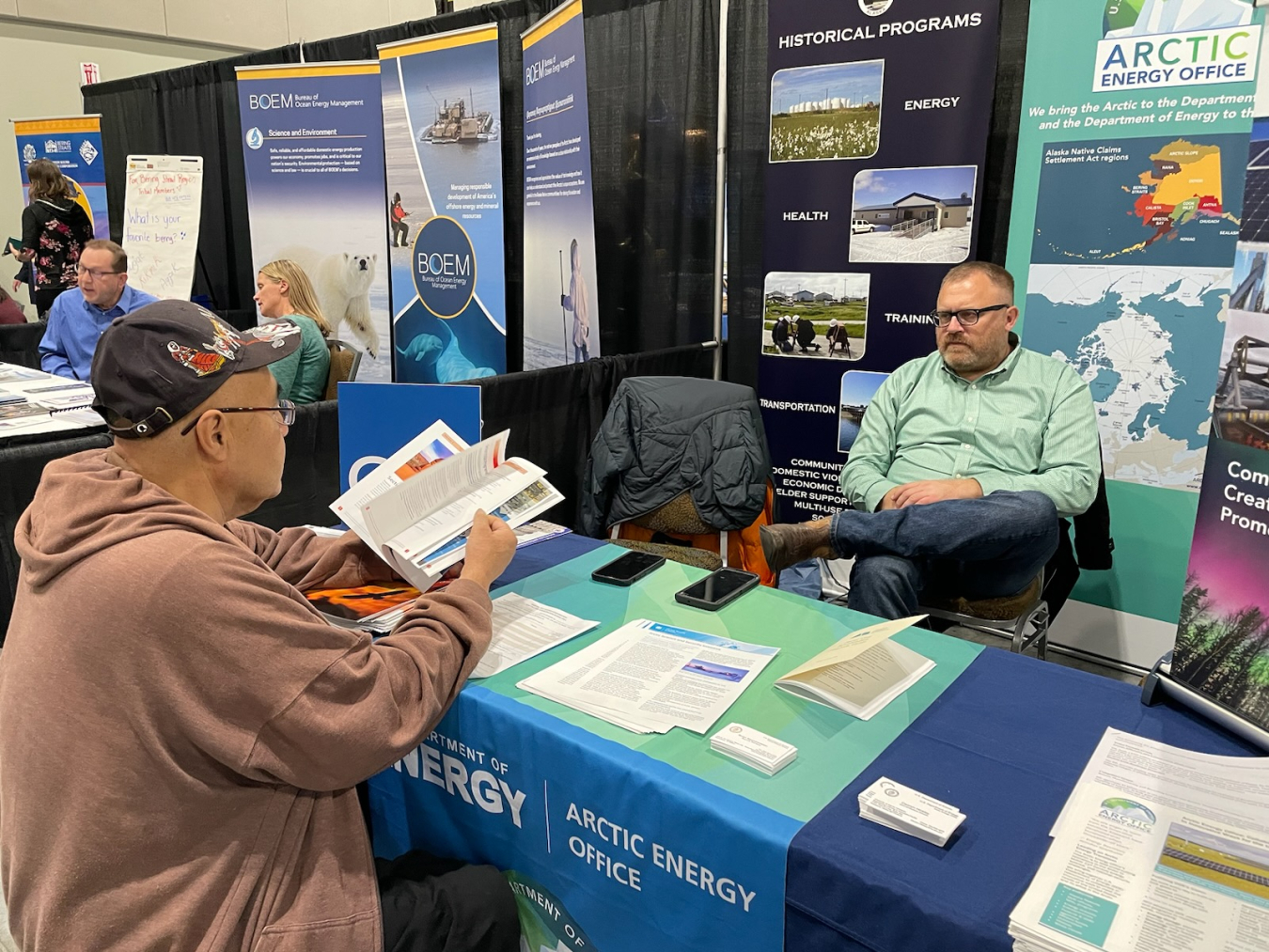
That was also a message that DOE staff conveyed at their Arctic Energy Office and Office of Indian Energy Policy and Programs (IE) conference booths. Having a presence at AFN helped DOE staff hear directly from tribal partners and other stakeholders about energy project ideas and interest in climate science, jobs and DOE funding opportunities.
“While many came to ask about renewable energy and innovative solutions, a prevailing topic was the need for sustainability on the human side,” said Dan Smith, a general engineer in IE. “Several people--myself included--exchanged ideas regarding regionalized training in Alaska for energy systems to ensure the local workforce has the skills to operate this new infrastructure,” he explained. “Making sure we are serving the actual needs of tribes and tribal organizations is critical to our mission.”
That mission was also emphasized at the Tribal Clean Energy Summit Oct. 4-5 in Washington, D.C. In a nation-to-nation roundtable with Energy Secretary Jennifer Granholm, 53 tribal representatives from Alaska and the Lower 48 took turns directly expressing their desire for DOE collaboration to achieve energy goals. Simultaneously, 38 key tribal energy staff learned about Bipartisan Infrastructure Law and Inflation Reduction Act funding opportunities.
“It was an honor to sit with Tribal leaders and hear how the Department can better align our resources with their vision for a clean energy future,” Secretary Granholm said.
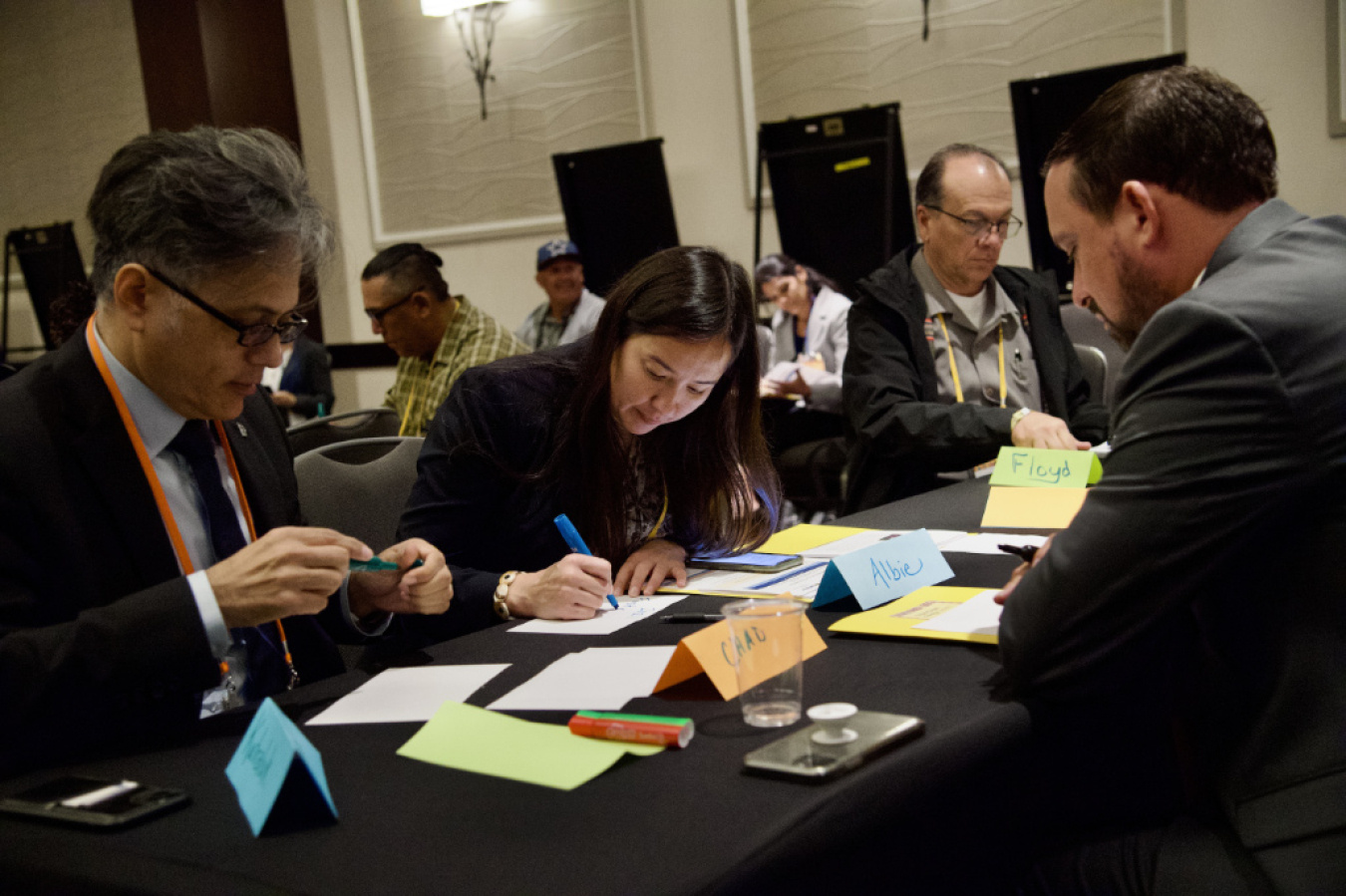
Being able to voice those concerns in person to DOE made the long trip from Alaska to D.C., worth the effort, Alaska Native leaders said. Keolani Booth, councilman for the Metlakatla Indian Community (near Ketchikan), said, “Coming to Washington D.C. from Southeast Alaska is quite a journey for meetings. Our unique needs in my community are not normally understood or considered. I feel that this summit was very successful, and I feel heard for my community.” He continued, “I am bringing home a great wealth of information and new relationships that I think put my tribe, and Indian Country in a better place than ever before.”
Those and other needs expressed during the Summit gave DOE leaders the impetus for follow up. “We are open to hearing about ways that we can improve outreach to make everyone feel included. There are a lot of comments about formula grants and a smaller application process. This is a great first step hearing from folks here,” said Tommy Jones, deployment specialist for DOE’s Office of Indian Energy Policy and Programs.
With the Summit as a good first step for DOE and tribal coordination, DOE office representatives are following up on specific needs and ways to build networks with one another. As Secretary Granholm said in her roundtable, “DOE is committed more than ever in investing in solutions. As we address energy burdens, it matters that we follow up words with actions.”
Carolyn Hinkley
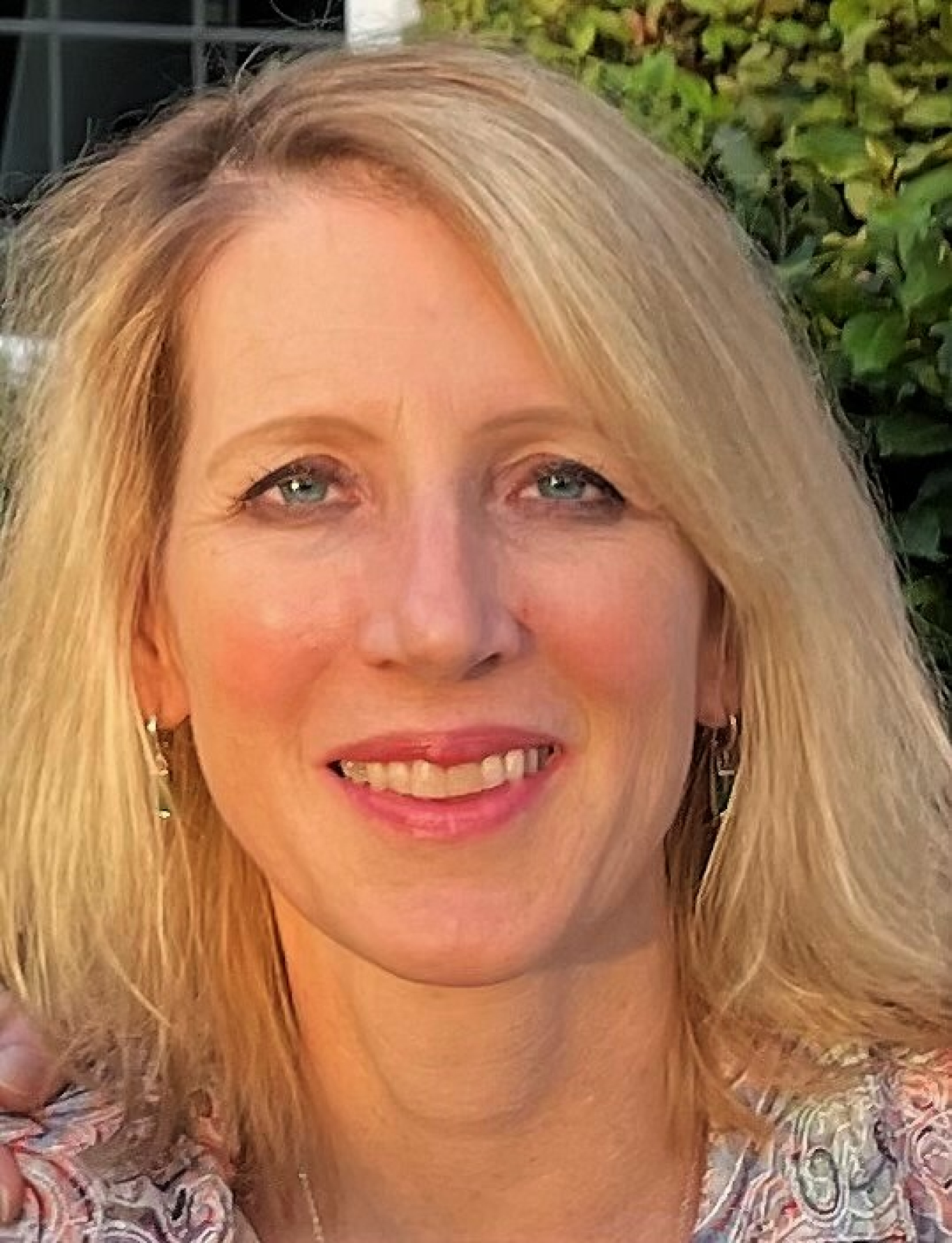
Carolyn Hinkley is a communication specialist in the Office of Electricity (OE). In this role, she helps to manage executive communications and internal and external communications, including OE's website.
She previously served as the Acting Communications Director for the Arctic Energy Office, where she managed all aspects of external and internal communications for DOE's only placed-based office in Alaska. Her role included representing Alaska Native concerns on DOE's Tribal Energy Steering Committee. Carolyn joined the Arctic Energy Office from the Office of Energy Efficiency and Renewable Energy (EERE)'s communications team, where she managed the organization's multiple websites and oversaw stakeholder outreach tools and digital best practices. In this role, she also edited a national renewable energy newsletter and provided executive communication support to the organization’s senior leaders.
Before joining EERE, Carolyn provided public affairs support to Western Area Power Administration, specifically in the areas of hydropower generation and transmission and marketing.
She earned a bachelor's degree in journalism and Spanish from the University of Colorado at Boulder, and a master's degree in information and communication technology from the University of Denver.


